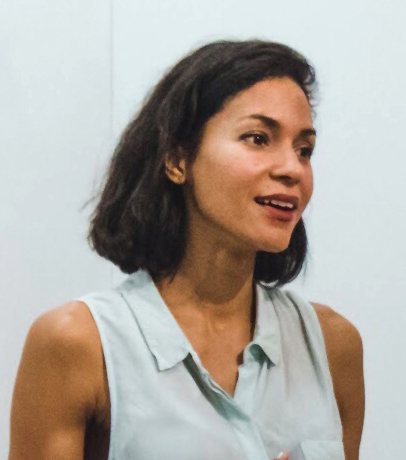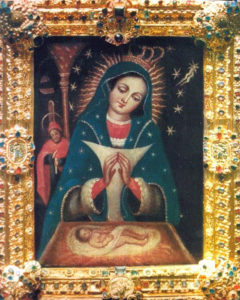Paul Niell and Jennifer Baez Win Inaugural Thoma Foundation Travel Awards
 |
The Carl & Marilynn Thoma Art Foundation in Chicago has given six research and travel awards in its inaugural cycle this year, two of which went to Associate Professor Paul Niell, and PhD candidate Jennifer Baez. The six scholars were chosen as the first-ever round of awardees to be granted unrestricted funds for research on colonial Spanish American art and history. |  |
For Dr. Niell, the award will cover several weeks of research in Ponce, Puerto Rico, where he will use the Archivo Historico de Ponce, the city’s municipal archive, to examine records pertaining to the trasladar de las casas, the transfer of houses from one site to another in the city in the second half of the nineteenth century. Niell writes:
This practice originated in the selling of urban and rural spaces designated as belonging to Spanish Crown to increase royal revenues from the colonies, which sometimes forced a homeowner to move their house to another site or to build a new house on land or lot recently purchased. Yet, by the late nineteenth century, this practice had become so frequent that it suggests other dynamics of space and society. Documents for the practice are so abundant that an entire portion of the historic archive of Ponce is dedicated to them. I aim to examine this practice carefully to bring social interpretations to bear on the evidence. What social and cultural, in addition to economic, dynamics may have been at work in the nineteenth-century transfer of Ponce houses?

Jennifer will travel to the archdiocese of Santo Domingo in the summer of 2019 to examine the correspondence between Santo Domingo and the diocese of Venezuela during the late colonial period:
My project investigates the diffusion of the cult of the Virgin of Altagracia as it moved from Santo Domingo to Venezuela in the seventeenth century, and the role of the visual and the material fabric of the cult in negotiating the different discursive contexts. My points of departure are two icons of the Virgin of Altagracia, one in the Dominican Republic, allegedly painted circa 1508; and another one painted for a parish in Quibor, Venezuela, in 1605. Areas to examine will include iconographic changes, the painters’ agency, and the role of different modalities for aesthetic transmission.
The award recipients were honored at a dinner hosted by Carl and Marilynn Thoma in New York City at the College Art Association annual conference. In the foundation’s press release, president of the foundation, Carl Thoma said,
After deliberate consideration, and in consultation with over 80 academics working with Spanish colonial art, we created these awards to directly respond to the needs of the field— resources we knew didn’t exist elsewhere, but were strongly desired by scholars… We are thrilled with the results. The six scholars the jury selected are each accomplished, dynamic thinkers, and we are proud to be supporting their diverse and novel work.
Carl and Marilynn have been collecting Spanish Colonial and South American art for the last few decades and their collection now includes over 130 works of art from the 17th to 19th centuries from the Viceroyalty of Peru and the Kingdom of Nueva Granada. The mission of their foundation is to “recognize the power of the arts to challenge and shift perceptions, spark creativity and connect people across cultures. We lend and exhibit artworks from our collection and support innovative individuals and pivotal initiatives in the arts.”
